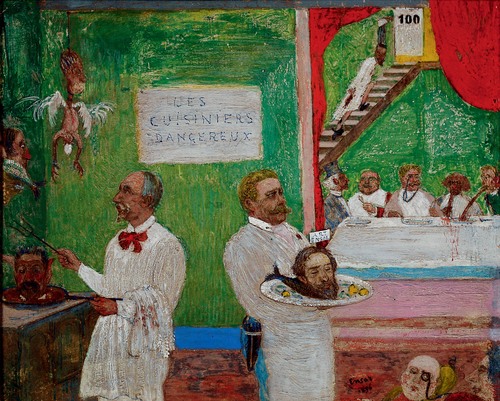Where are those sons of summer now?
The winter has come
And you don’t know how to turn your
Dreams into coal
Your books won’t hold you
Carly Simon, Sons of Summer
I feel overwhelmed by those markers indicating summers’ end. There’s today’s weather, whipping to a head after months of unseasonable coolness as it brings rain, ragweed, those tell-tale yellow leaves and nights that make me crave an extra blanket. And today is the anniversary of 9/11: as the parade of mourning wafts across our television screens, the old wounds emerge as if those planes went down just yesterday. All signs: I sense the psychic shift Demeter must have felt as the warm season waned, a cue from Hades that her daughter’s time was up, that dark days would soon descend.
This week, hell, as I see it, is the cold/allergy attack throbbing behind my third eye. As I fight the drip with my dwindling tissue surplus deadlines loom, as do closings: it’s the last day to see selected works by the late great Larry Rivers at the Tibor de Nagy Gallery (724 Fifth Avenue at 57th Street, tibordenagy.com). His style isn’t everyone’s cup, but ruling over this small exhibit of gems is his famous nude of poet Frank O’Hara, and it’s as charming and incendiary as anything that’s come down the pike in 40 years.
Afterwards, head to MOMA for the last days of Ron Arad’s No Discipline (Oct 19) and James Ensor’s retrospective (Sept 21)—Arad’s shiny toys are a benchmark in design, but I questioned whether they rise to the heights of great art. No such qualms with Ensor, whose singular vision melds painting, etching and draftsmanship with humor and a pronounced sense of the macabre. Skulls invade the canvas; death looms. Like a lot of difficult art, his is the kind for which patience teaches love.
Too bad, though, if you missed Song Dong’s remarkable ground floor exhibit, Waste Not (closed Sept 7). The artist compiled the accumulations of his mother’s home over a span of 50 years; he marshaled the detritus into ordered stacks suitable for a dry goods store, but as you wandered its contents, the wash of loss, the tilt of time, the struggles of ordinary lives reduced to the bits, the products, the things we feel we can’t live without, envelope the viewer in a quiet sorrow that makes you want to call your mother. If Waste Not (an expression of the Chinese design for living called wu jin qi yong, a means for survival) travels to your city, go, and experience one remarkable artist’s exploration of life’s value, and ephemerality. Demeter would have said amen.
Above, James Ensor’s The Dangerous Cooks, 1896. Crayon, gouache and oil on cardboard.

